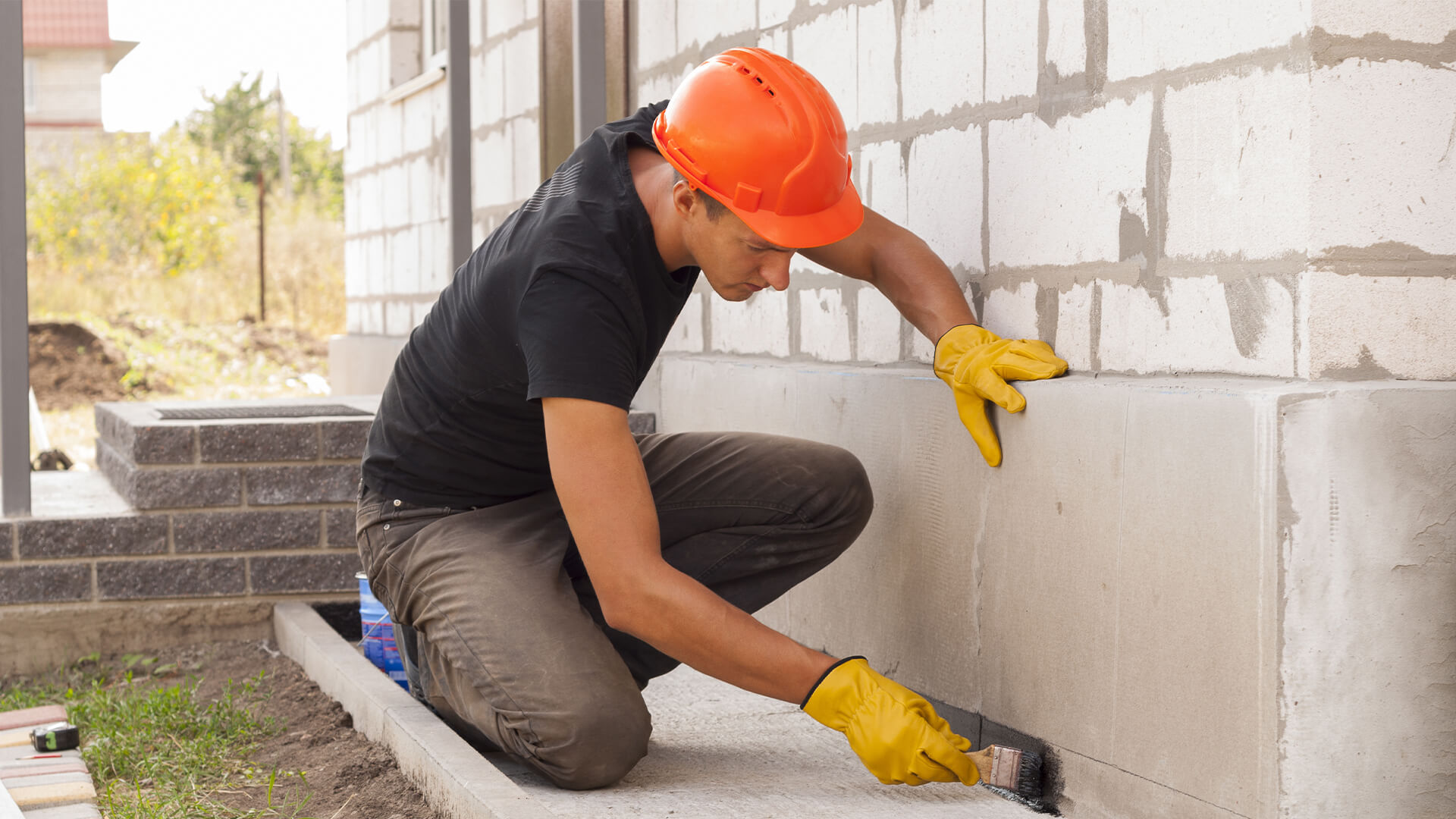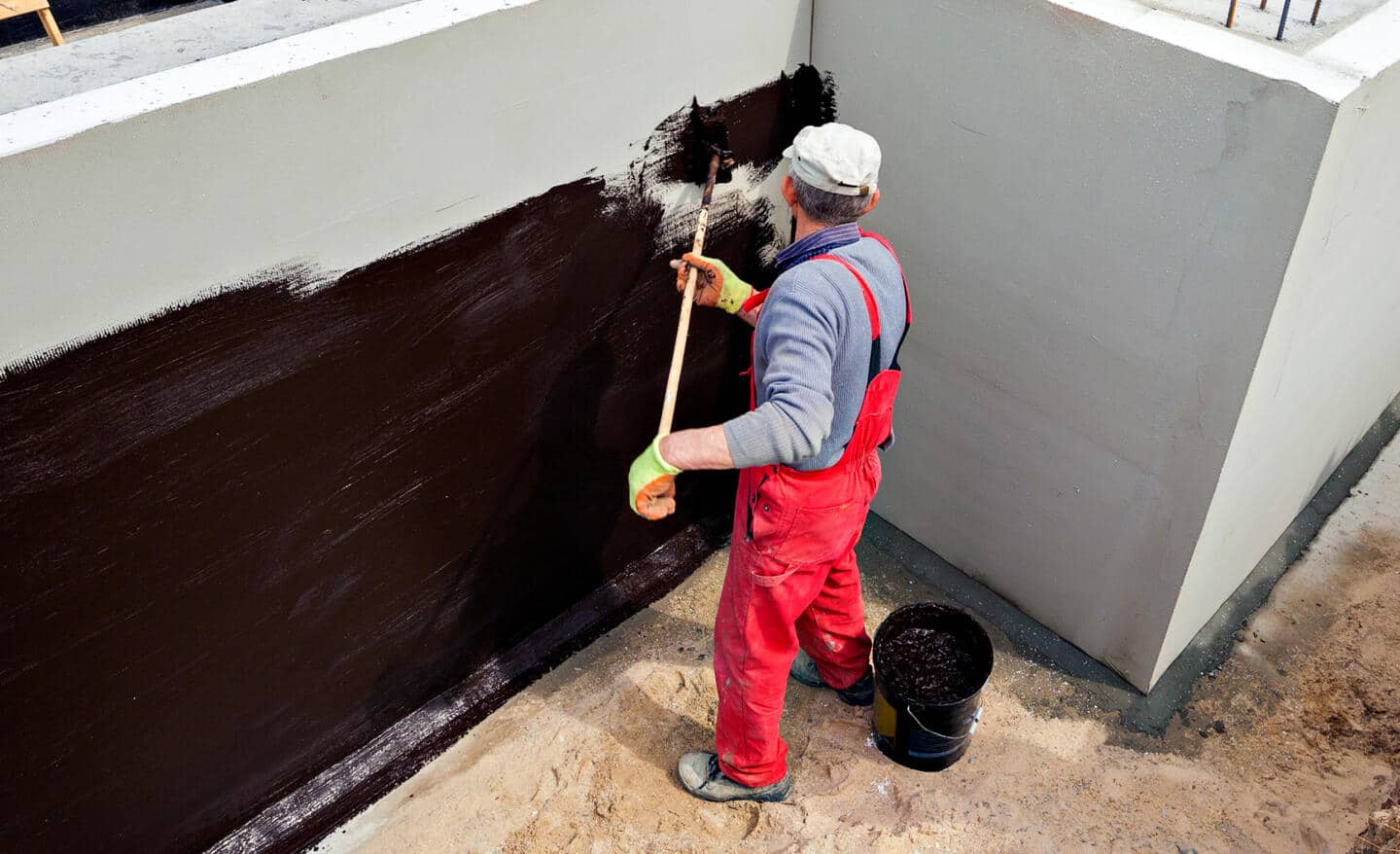Beginner’s Guide to French drain installation Omaha: Avoiding Mistakes
Wiki Article
Sorts of Waterproofing: Checking Out the Different Methods and Their Applications
Waterproofing is an essential facet of building and construction and upkeep. It shields frameworks from the damaging effects of water damages. There are numerous methods readily available, each with its distinct applications and advantages. From membrane layer systems to cementitious remedies, comprehending these choices is essential for effective application. The option of waterproofing approach can greatly affect sturdiness and long life. Exploring these numerous techniques exposes their unique benefits and prospective difficulties, triggering additional consideration of ideal remedies.Membrane Waterproofing Systems
Membrane waterproofing systems offer as an essential barrier against water breach in different frameworks. These systems usually include slim sheets made from materials like rubber, thermoplastic, or bitumen, which are related to surfaces to stop moisture infiltration. They can be installed over or below grade and are especially reliable in locations vulnerable to high water direct exposure, such as basements, roofings, and foundations.The installation procedure includes cleaning up the substrate, applying adhesives or primers, and precisely fitting the membrane to guarantee total coverage. Membrane layer systems can be either completely stuck, mechanically affixed, or laid loose, depending upon the details demands of the task. They provide sturdiness and flexibility, fitting architectural movements without compromising their waterproofing capabilities. In addition, these systems can be strengthened with additional layers for enhanced security. Ultimately, membrane waterproofing systems are necessary for safeguarding frameworks against water damage and preserving long-lasting integrity.Liquid-Applied Waterproofing Coatings
Liquid-applied waterproofing coatings give a functional solution for shielding surface areas from water infiltration - Yard drainage Omaha. These finishes include liquid materials that, when applied, create a smooth, flexible membrane. Their adaptability allows for application on numerous substrates, consisting of concrete, steel, and timber. The finishings can be used in varied atmospheres, from household to commercial setups, making them ideal for roofing systems, structures, and below-grade structures.One significant advantage of liquid-applied finishes is their capability to comply with irregular forms and pass through fractures, developing a durable barrier versus dampness. They typically exhibit exceptional attachment homes and resistance to UV radiation, guaranteeing longevity and toughness. Additionally, the application procedure is typically simple, enabling quick installation and reduced labor expenses. This method likewise lessens the threat of water pooling, as the continuous layer properly guides water far from susceptible areas. In general, liquid-applied waterproofing finishes are an effective choice for extensive water securityCementitious Waterproofing Solutions

Cementitious waterproofing solutions use a durable option for structures calling for dependable moisture defense. These systems largely utilize a mix of cement, sand, and chemical additives to create a waterproof barrier. They are commonly put on surface areas such as concrete wall surfaces, structures, and floors, giving a durable, durable defense against water intrusion.One of the essential benefits of cementitious waterproofing is its simplicity of application; it can be used utilizing a brush, roller, or spray, making it suitable for different project sizes. Furthermore, this approach works with lots of surface areas and can often be used together with various other waterproofing techniques.Cementitious remedies are especially efficient in environments where water exposure is a concern, such as basements or below-grade frameworks. Their outstanding adhesion residential or commercial properties assure that they bond well with substratums, providing a strong and impenetrable layer against wetness penetration.
Bentonite Waterproofing
Bentonite waterproofing is a highly efficient approach that uses salt bentonite clay to create a natural barrier versus water. This method makes use of the one-of-a-kind residential properties of bentonite, look at this now which expands upon contact with water, securing any prospective leakages and preventing dampness infiltration. It is frequently made use of in numerous applications, consisting of foundation walls, tunnels, and keeping wall surfaces, where water resistance is essential.Bentonite can be applied in numerous kinds, such as panels or blankets, providing convenience in installment. Its capability to self-seal makes it an appealing option for areas subject to shifting dirt or fluctuating water degrees. In addition, bentonite waterproofing is eco-friendly, as it is an all-natural material that does not introduce hazardous chemicals into the surroundings.Drain and External Waterproofing Systems
Effective waterproofing often includes a mix of methods, consisting of drain and external systems. Drain systems, such as French drains pipes and sump pumps, are created to reroute water far from structures, reducing hydrostatic stress against structures. These systems are vital in avoiding water accumulation that can lead to architectural damage and mold and mildew growth.External waterproofing, on the various website link other hand, entails applying protective obstacles to the building's outside. Methods such as the setup of water resistant membranes, finishings, or sealers can assist avoid water infiltration. This technique not just safeguards the foundation however likewise improves the total resilience of the structure.Together, drainage and external waterproofing systems form a detailed option to take care of water effectively. By executing these strategies, homeowner can guard their financial investments versus the harmful effects of moisture, making sure lasting security and safety and security for their structures.Often Asked Questions
How Do I Pick the Right Waterproofing Approach for My Project?
Picking the appropriate waterproofing method depends on elements such as task type, environmental conditions, spending plan, and wanted longevity. Reviewing these aspects permits notified decisions tailored to details needs and demands.
Can Waterproofing Be Applied in Winter Conditions?
Waterproofing can be applied in cool weather problems, yet it needs particular materials and strategies. Cold temperatures may impact curing times and adhesion, requiring careful selection of products designed for low-temperature application.
What Are the Usual Indicators of Waterproofing Failure?
Common signs of waterproofing failing consist of noticeable water stains, peeling paint, moist odors, mold and mildew development, and splits in wall surfaces or foundations. Landscape drainage Omaha. These indicators suggest that moisture is permeating the obstacle, endangering its performanceHow Much Time Does Waterproofing Last Prior To Requiring Maintenance?
The durability of waterproofing varies, usually lasting between 5 to ten years. Variables such as worldly high quality, ecological conditions, and maintenance techniques influence its resilience, requiring routine assessments to assure reliable protection against water breach.Are There Eco-Friendly Waterproofing Options Available?
The concern of eco-friendly waterproofing choices slab waterproofing exposes an expanding passion in sustainable products (Water Solutions Omaha). Different natural compounds, such as plant-based sealers and recycled items, offer effective solutions while decreasing environmental impact, interesting ecologically conscious customersReport this wiki page